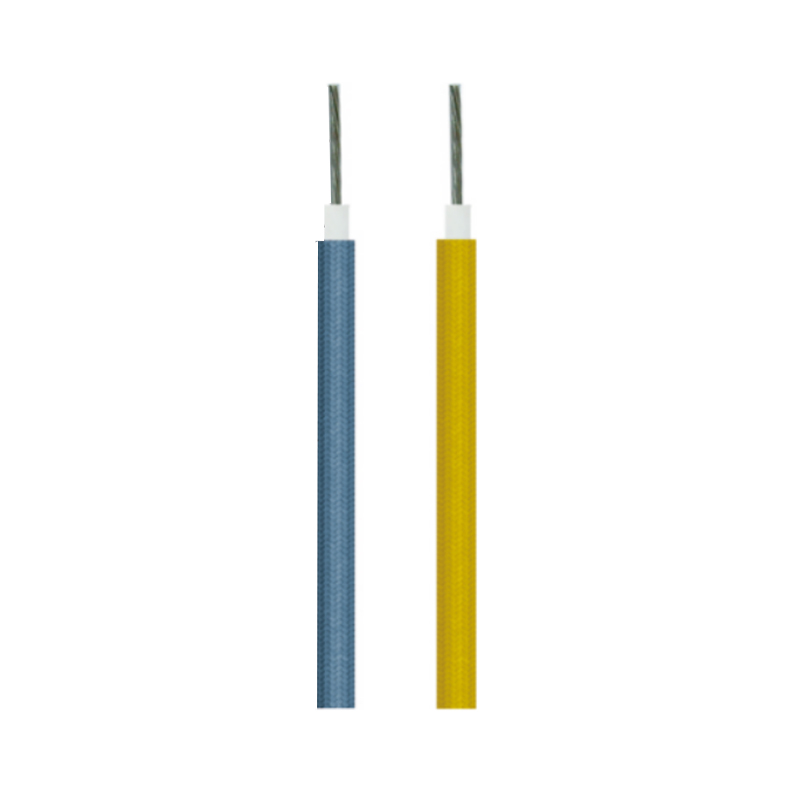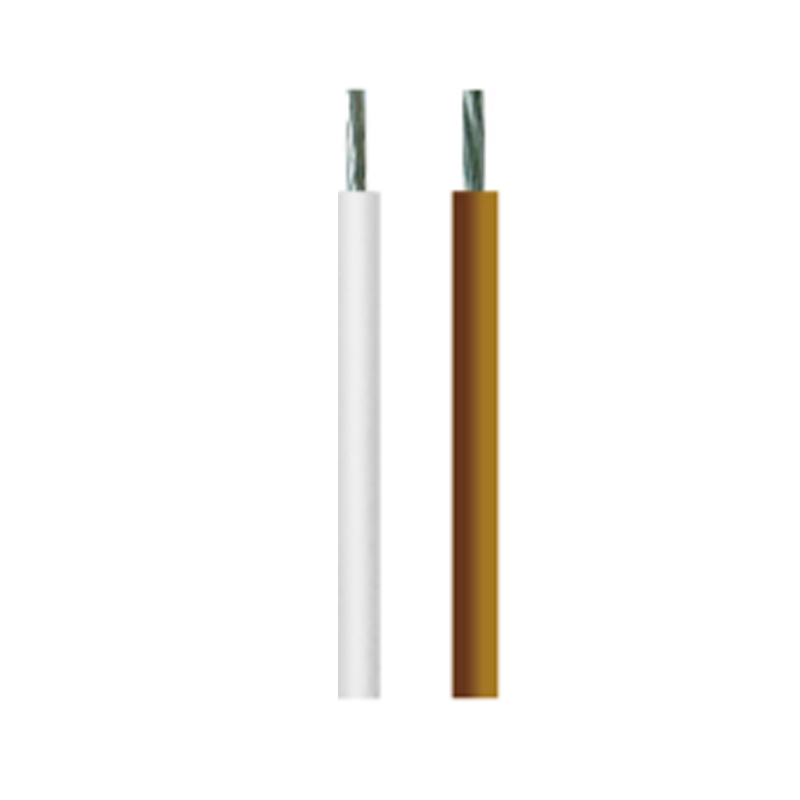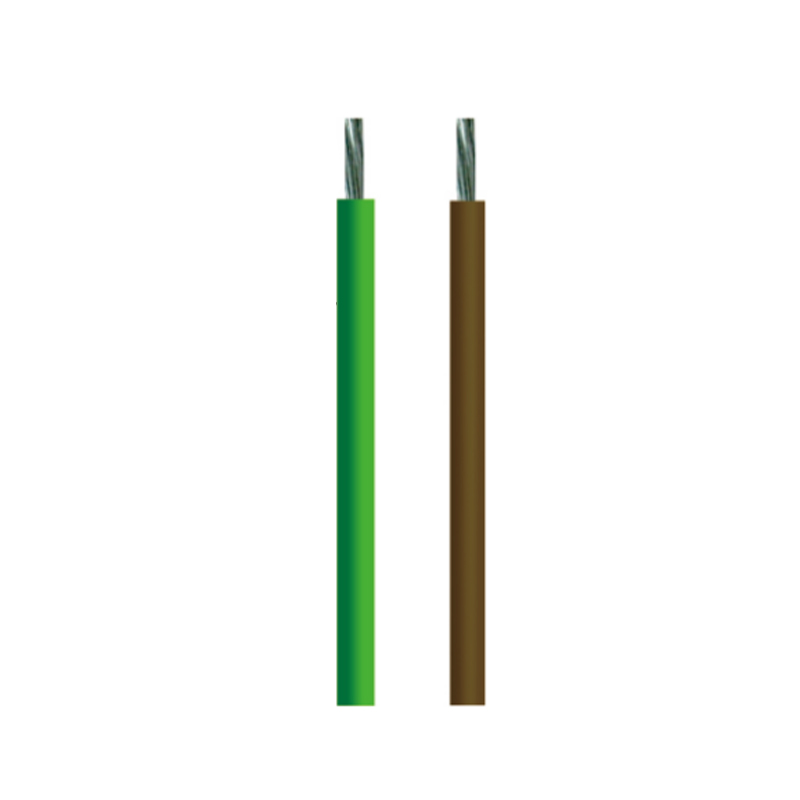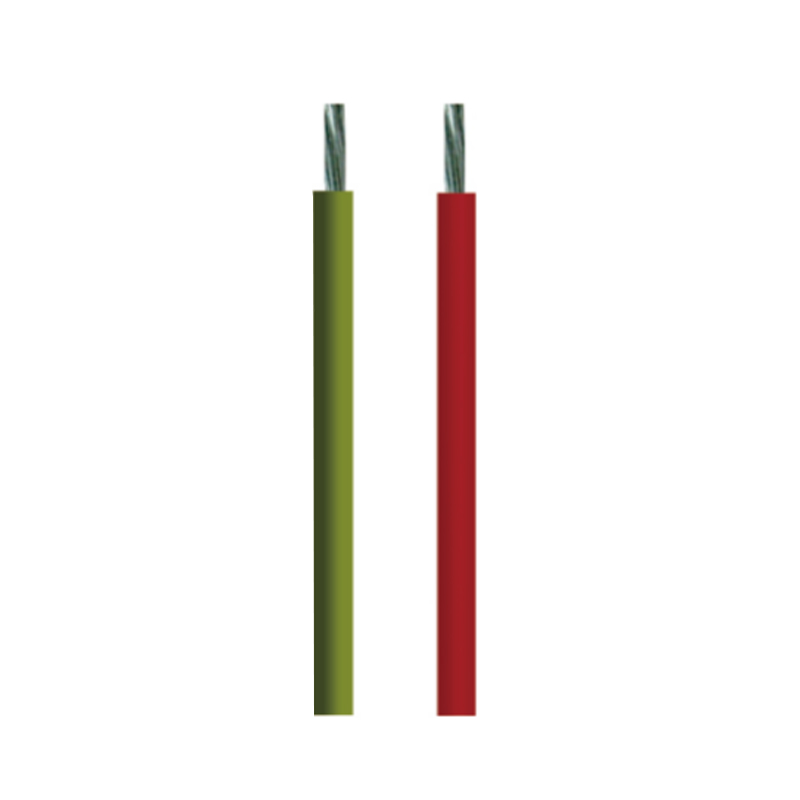High temperature wire is an essential component in environments where conventional electrical cables would fail due to heat exposure. From industrial furnaces and automotive engines to aerospace and power generation systems, these wires are engineered to perform reliably in conditions exceeding 150°C—and in some cases, up to 1000°C or more. Their unique construction, specialized insulation, and robust materials make them indispensable for safety, performance, and longevity in demanding applications. This article explores the main types of high temperature wire, their distinctive characteristics, and the industries where they are most commonly used.
1. Understanding High Temperature Wire
High temperature wire refers to any electrical wire or cable designed to operate in extreme thermal conditions without degrading in insulation performance, conductivity, or structural integrity. The wire’s temperature rating depends on both its conductor and insulation material. Typical conductor materials include copper, tinned copper, nickel-plated copper, silver-plated copper, and pure nickel, while insulation materials range from silicone rubber to fiberglass and Teflon (PTFE).
Unlike standard PVC-insulated wires, which are limited to around 105°C, high temperature wires can maintain excellent dielectric strength, flexibility, and resistance to heat, moisture, and chemical exposure in environments far exceeding that limit.
2. Main Types of High Temperature Wire
There are several major categories of high temperature wire, each designed for specific operational and environmental conditions.
(1) Silicone Rubber Insulated Wire
Temperature Rating: -60°C to +200°C
Typical Conductors: Tinned copper or silver-plated copper
Silicone rubber insulated wire is one of the most commonly used high temperature wires due to its combination of flexibility, heat resistance, and electrical insulation. Silicone insulation remains pliable even in sub-zero conditions, making it suitable for dynamic applications where the wire must bend or move frequently.
Applications:
- Household appliances (ovens, toasters, heaters)
- Industrial machinery
- Lighting systems
- Automotive engine compartments

(2) Teflon (PTFE, FEP, PFA) Insulated Wire
Temperature Rating: Up to 250°C (depending on fluoropolymer type)
Typical Conductors: Silver-plated or nickel-plated copper
Teflon-insulated high temperature wire is ideal for applications requiring excellent resistance to heat, chemicals, oil, and moisture. PTFE and its derivatives (FEP and PFA) are non-stick, chemically inert, and exhibit low friction, which prevents buildup of contaminants.
Applications:
- Aerospace and defense electronics
- Semiconductor manufacturing equipment
- Chemical processing plants
- Medical devices and instrumentation
(3) Fiberglass Insulated Wire
Temperature Rating: Up to 482°C (depending on varnish coating)
Typical Conductors: Nickel-plated or pure nickel wire
Fiberglass insulation is widely used where very high heat resistance is required. The fiberglass is often impregnated with high-temperature varnish or silicone resin to improve mechanical strength and prevent fraying. Although less flexible than silicone or Teflon wires, it offers superior thermal endurance.
Applications:
- Electric furnaces and ovens
- Heating elements
- Foundries and glass manufacturing
- Industrial motors and transformers
(4) Mica Insulated Wire
Temperature Rating: Up to 450°C continuous, 750°C short-term
Typical Conductors: Nickel, nickel-plated copper
Mica insulated wire uses layers of mica tape wrapped around the conductor, providing excellent thermal and dielectric properties even at extreme temperatures. Mica is non-combustible and offers high resistance to fire, making these wires ideal for fire-resistant applications.
Applications:
- Fire protection systems
- Heat treatment equipment
- Steel and metallurgical industries
- High-temperature sensors and thermocouples
(5) Mineral Insulated (MI) Cable
Temperature Rating: Up to 1000°C or higher
Typical Conductors: Copper, stainless steel, or nickel alloys
Mineral insulated cables are the most durable type of high temperature wire. They consist of metal sheaths filled with magnesium oxide (MgO) powder, which acts as insulation. These cables are designed for extreme environments where conventional insulation materials would fail.
Applications:
- Power plants and nuclear facilities
- Oil and gas refineries
- Industrial furnaces
- Thermocouples and temperature sensors
(6) Ceramic Fiber Insulated Wire
Temperature Rating: Up to 1200°C
Typical Conductors: Nickel-chromium (NiCr) or iron-chromium-aluminum (FeCrAl) alloys
Ceramic fiber insulation provides exceptional thermal resistance at ultra-high temperatures. Though brittle and less flexible, this wire type is chosen when heat levels exceed the tolerance of other insulation materials.
Applications:
- Aerospace propulsion systems
- Industrial kilns and refractory equipment
- High-temperature instrumentation
3. Key Selection Criteria for High Temperature Wire
When choosing the right high temperature wire for a specific application, several factors must be considered:
- Operating Temperature: Ensure that both insulation and conductor materials can sustain the peak and continuous temperatures of the environment.
- Electrical Load: Higher current capacity may require thicker conductors or superior insulation.
- Flexibility Requirements: Silicone and PTFE wires are suitable for dynamic or flexible installations.
- Chemical Resistance: Teflon and mineral-insulated cables excel in corrosive or chemically aggressive environments.
- Mechanical Protection: For heavy-duty or abrasive conditions, metal-braided or armored designs may be necessary.
- Certifications: Look for compliance with UL, CSA, IEC, or MIL standards depending on the application’s safety requirements.
4. Common Industries Using High Temperature Wires
High temperature wires are critical in many industrial sectors where reliability under heat stress is essential.
- Automotive Industry: Used in engine compartments, exhaust sensors, and battery systems for electric vehicles.
- Aerospace and Defense: Critical for avionics, propulsion systems, and space exploration equipment.
- Industrial Manufacturing: Employed in furnaces, motors, and heating systems.
- Energy Sector: Used in power generation plants, oil refineries, and renewable energy installations.
- Electronics and Instrumentation: Essential for sensors, circuit boards, and temperature monitoring devices.
5. The Future of High Temperature Wire Technology
As industries demand more efficient and sustainable systems, high temperature wire technology continues to evolve. Recent innovations include nanocomposite insulation materials, lightweight metal alloys, and enhanced flame-retardant coatings. These developments improve not only temperature resistance but also electrical efficiency, mechanical strength, and longevity.
Furthermore, with the rapid expansion of electric vehicles and renewable energy systems, the need for high-performance heat-resistant wiring will continue to grow. Manufacturers are now integrating smart sensing capabilities into wire systems to monitor temperature and performance in real time, enhancing safety and predictive maintenance.
Conclusion
High temperature wire is far more than just a specialized electrical component—it is a vital enabler of modern engineering and industrial progress. From the resilient flexibility of silicone-insulated wires to the unparalleled endurance of mineral-insulated cables, each type serves a unique purpose across diverse high-temperature environments. Selecting the appropriate wire type based on temperature range, flexibility, and environmental conditions ensures optimal safety, performance, and durability.
As technology advances and industries push the boundaries of temperature and performance, high temperature wires will remain indispensable in powering the world’s most demanding applications.



 English
English عربى
عربى Español
Español









